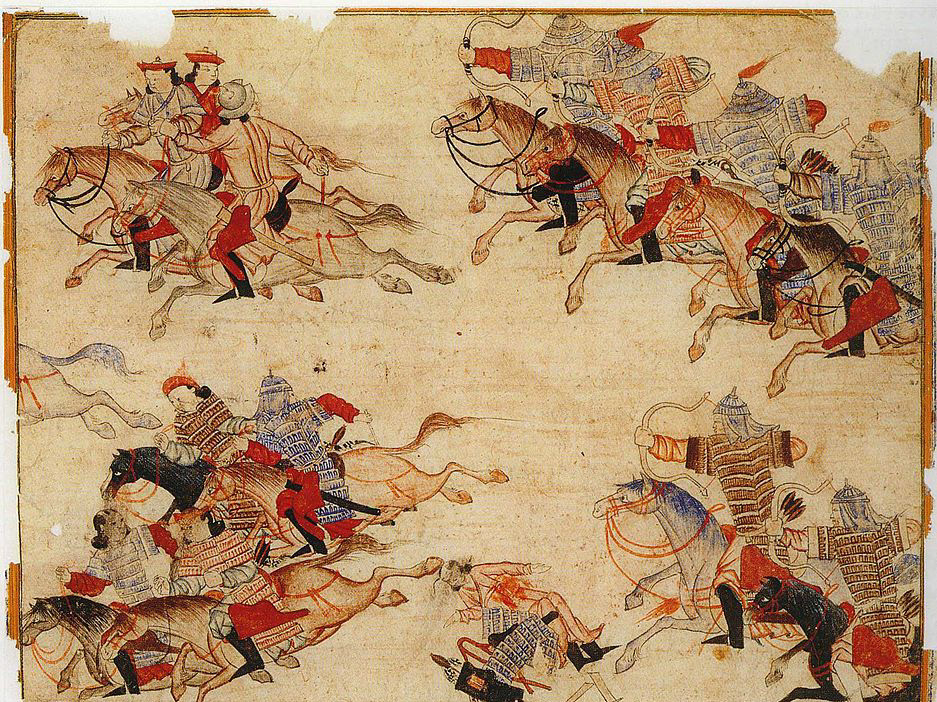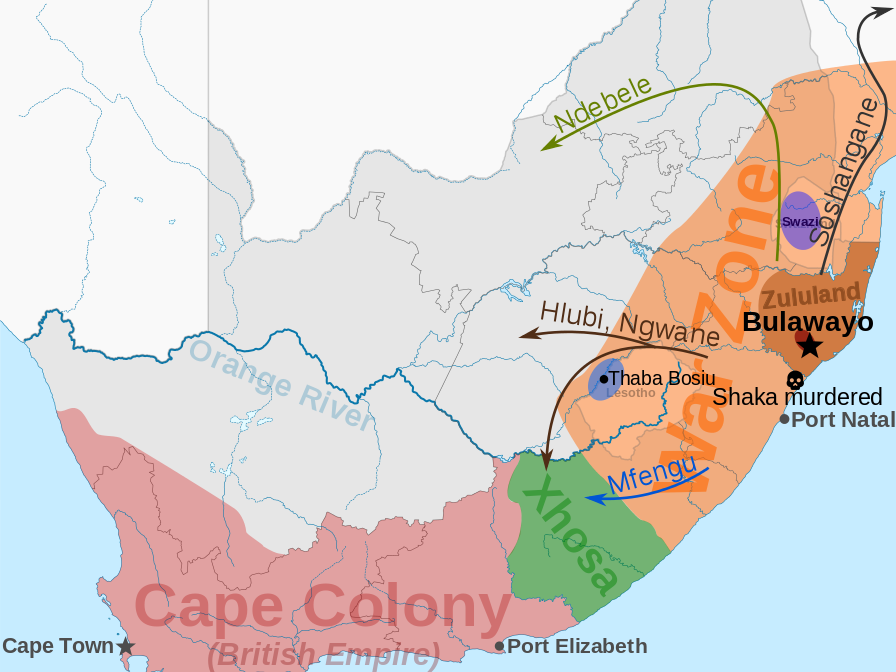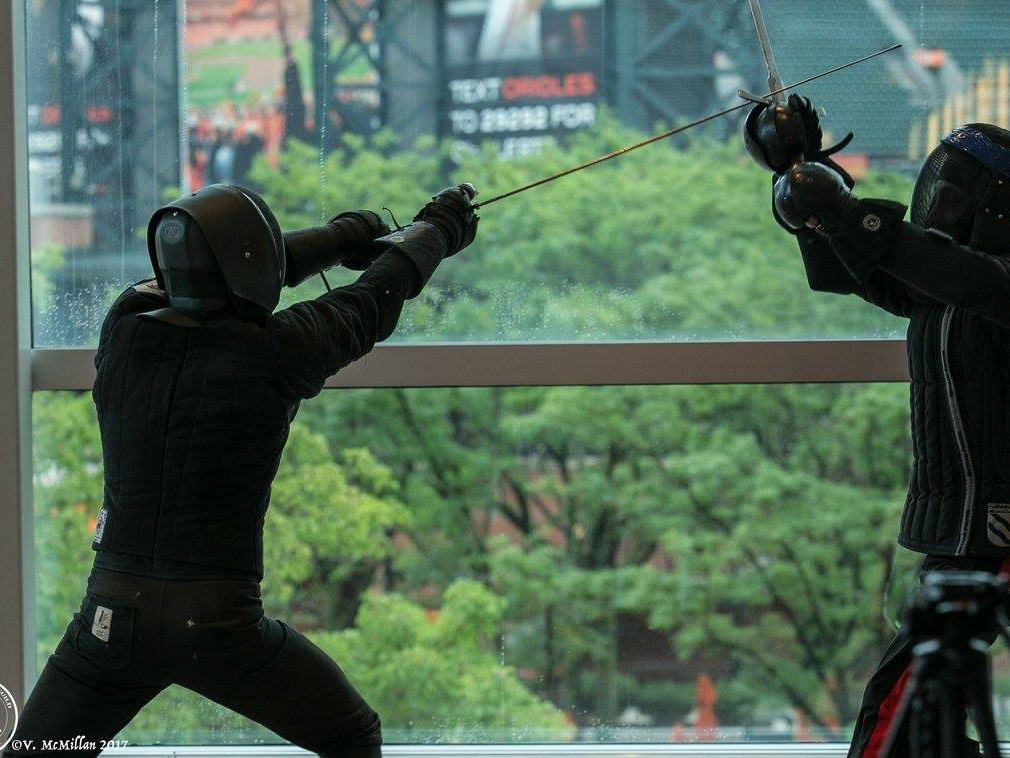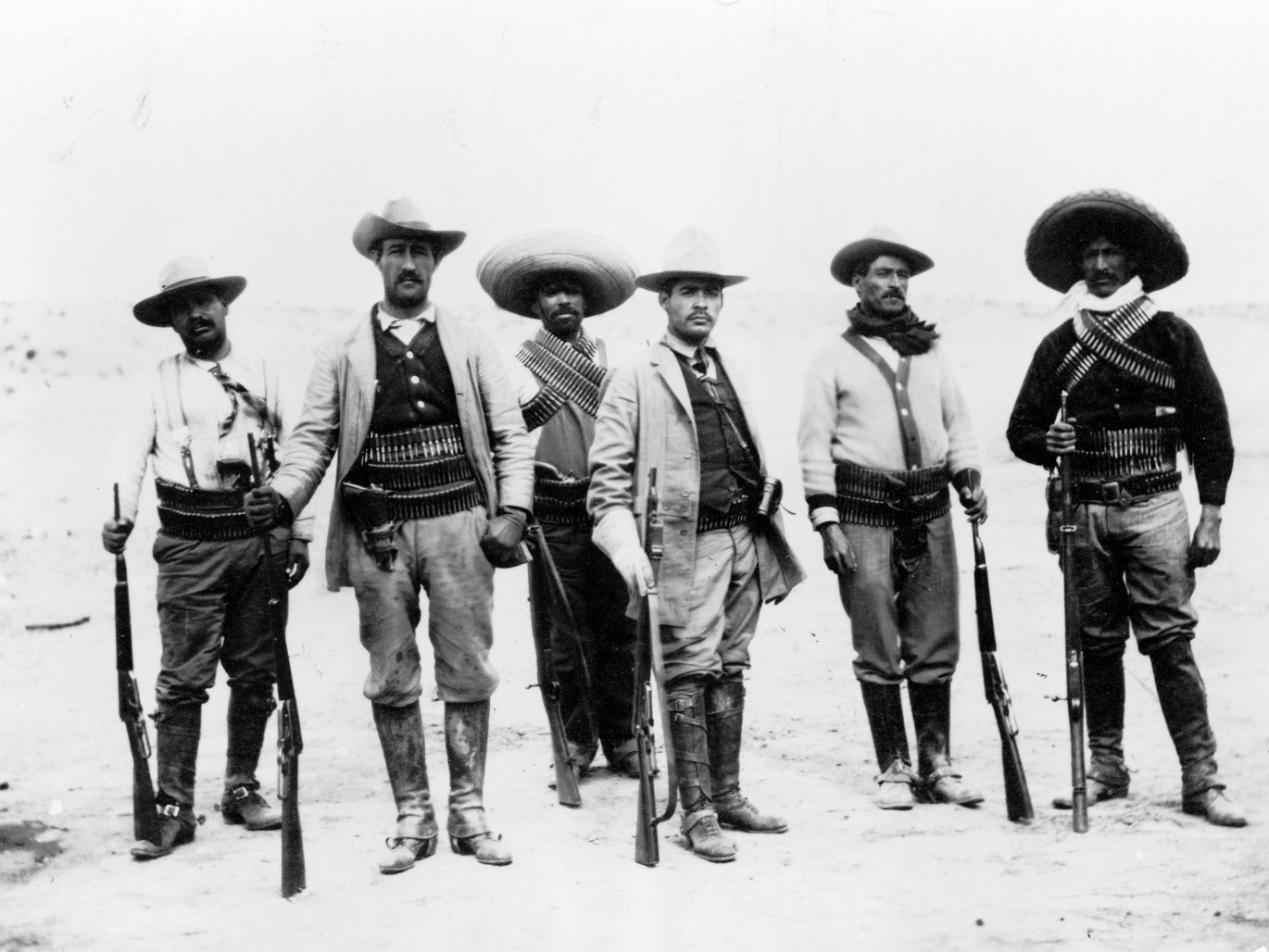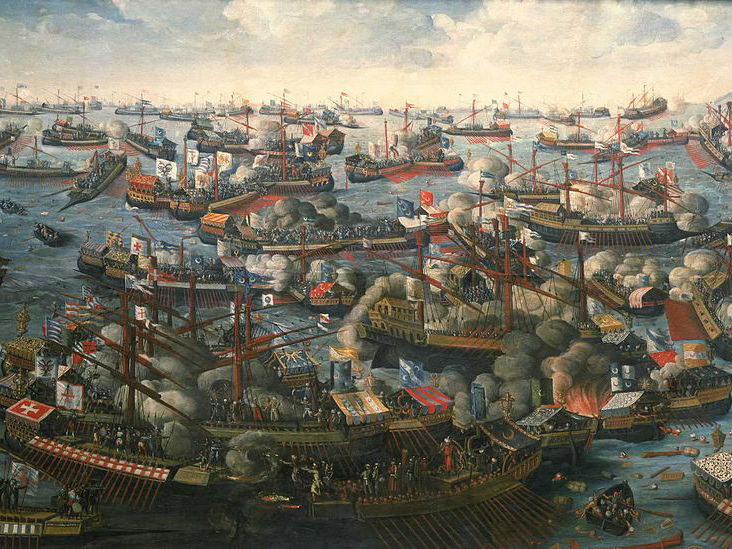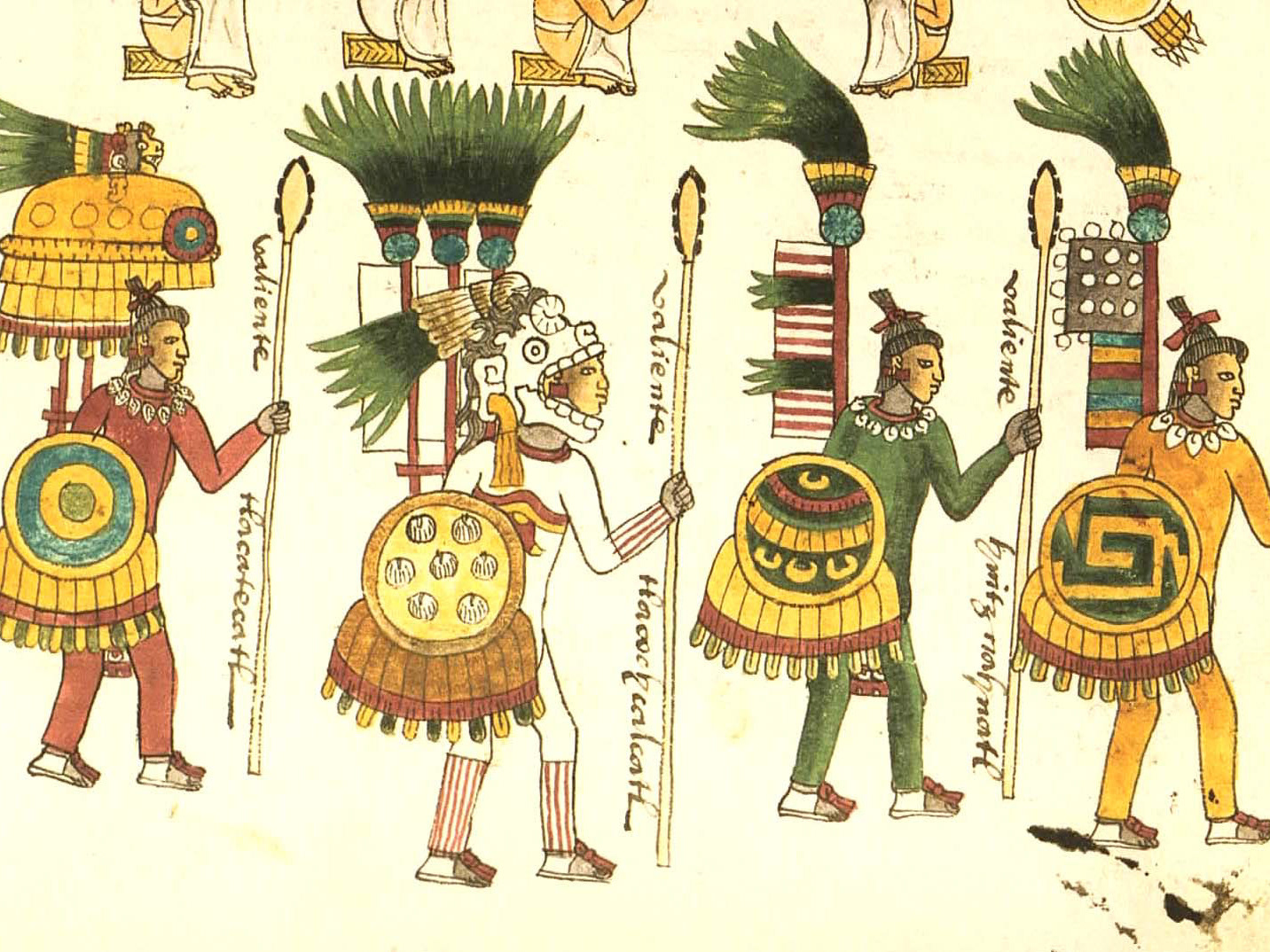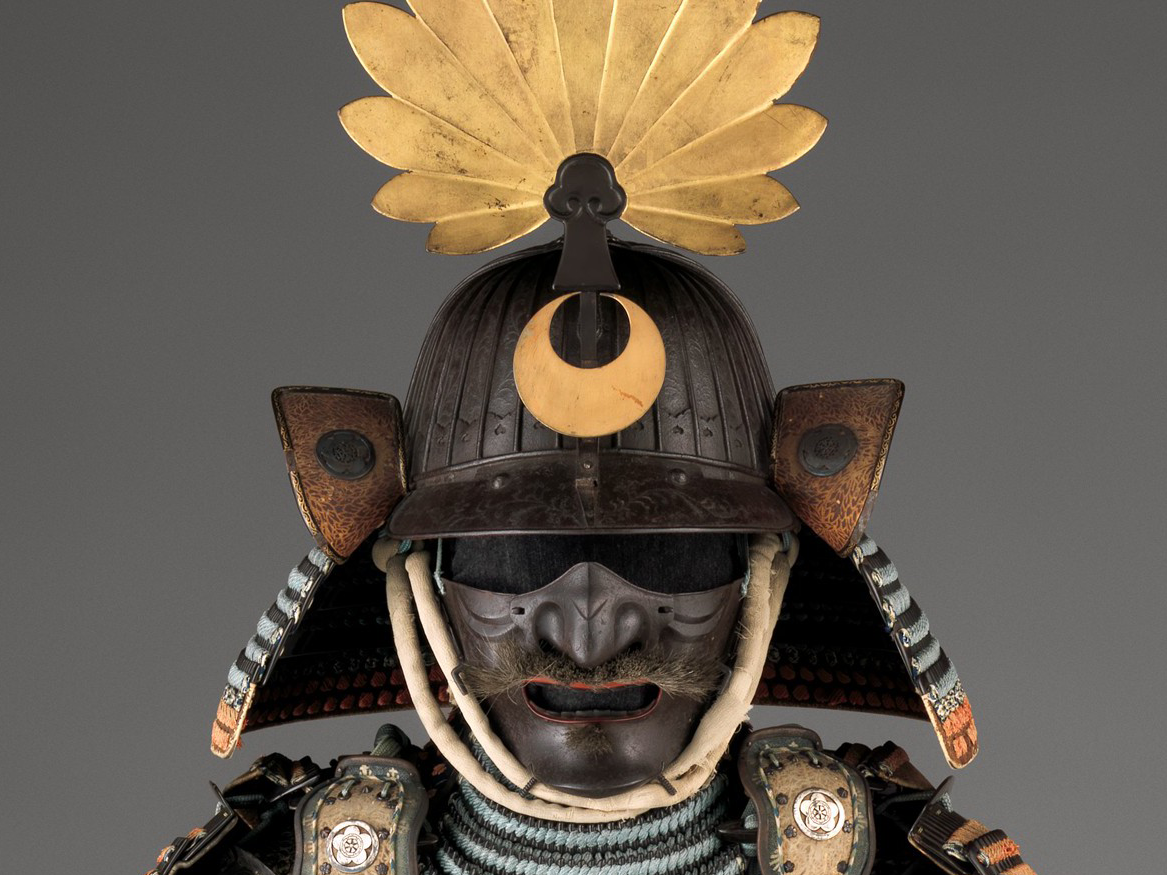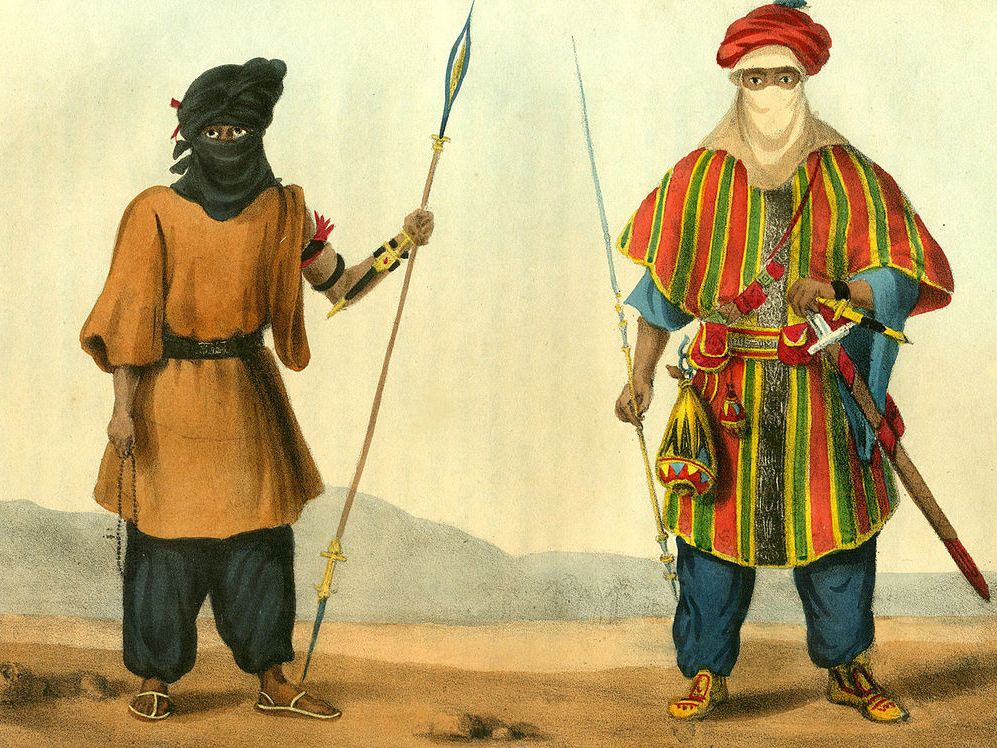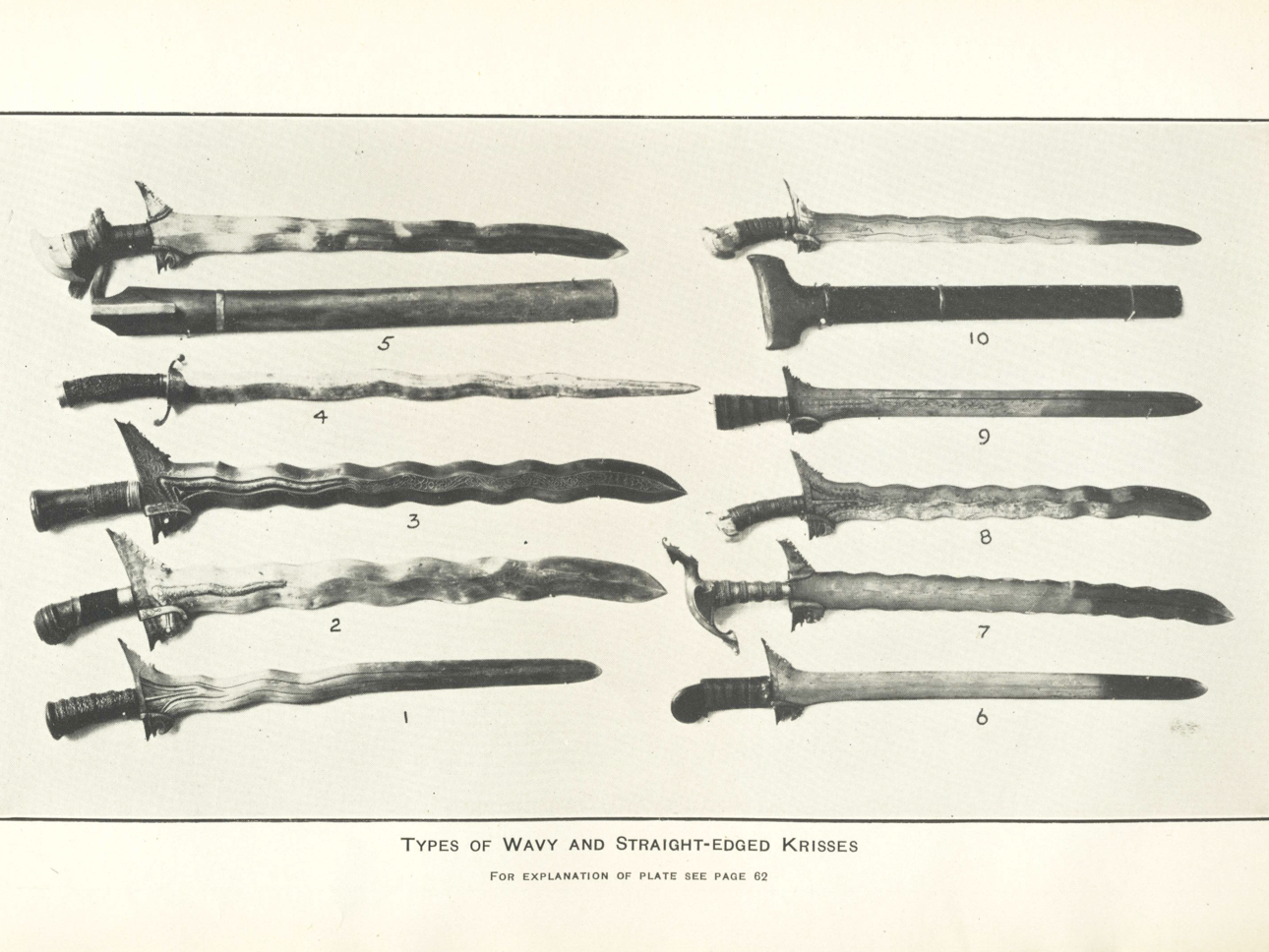Works Cited
Footnotes
[1] “Hawaii - History and Heritage.”
[2] “Hawaii - Government and Society.”
[3] “Evolution of the Hawaiian Canoe.”
[4] “Evolution of the Hawaiian Canoe.”
[5] “The Hawaiian Culture - Hawaii History - Hawaiian Culture.”
[6] “Kapa Making and Processing.”
[7] “History of Hula | Ka`Imi Na`auao O Hawai`i Nei Institute.”
[8] Great Big Story, Telling Warrior Stories with Hula.
[9] Great Big Story.
[10] “Makahiki Games: The Hawaiian Olympics | Roberts Hawaii.”
[11] The Amazing Life and Strange Death of Captain Cook.
[12] Kawaihae and Us, “Kamehameha the Great - Pu`ukoholā Heiau National Historic Site (U.S. National Park Service).”
[13] Kawaihae and Us.
[14] “Ke Kānāwai Māmalahoe | William S. Richardson School of Law.”
[15] Department Of State. The Office of Electronic Information, “Annexation of Hawaii, 1898.”
[16] “Nu’uanu, O’ahu -- A Native Place.”
[17] “The Day the French Invaded Hawaii.”
[18] “The_Overthrow_of_the_Hawaiian_Monarchy_PDF.Pdf.”
[19] “Annexation of Hawaii | University of Hawaii at Manoa Library.”
[20] “‘A Date Which Will Live in Infamy’: FDR Asks for a Declaration of War.”
[21] “Hawaiian Weapons | The Weapon Maker’s Art.”
[22] “Hawaiian Weapons | The Weapon Maker’s Art.”
[23] “Hawaiian Weapons | The Weapon Maker’s Art.”
[24] “Hawaiian Weapons | The Weapon Maker’s Art.”
[25] Big Island Television, Hawaii, Traditional Hawaiian Weapons.
[26] “Hawaiian Weapons | The Weapon Maker’s Art.”
[27] “Mythic Hawaii - Hawaiian Tribal Warrior.”
[28] “Mythic Hawaii - Hawaiian Tribal Warrior.”
[29] “Hawaiian Tattoos.”
[30] “Polynesian Tattoo.”
[31] “Polynesian Tattoo.”
[32] “Polynesian Tattoo.”
[33] Lara, “Hawaiian Outrigger Canoeing | It’s History & Revival To Date.”
[34] Lara.
[35] “Evolution of the Hawaiian Canoe.”
[36] “Evolution of the Hawaiian Canoe.”
[37] “On Wayfinding / Nainoa Thompson.”
[38] “On Wayfinding / Nainoa Thompson.”
[39] “On Wayfinding / Nainoa Thompson.”
[40] “On Wayfinding / Nainoa Thompson.”
[41] “On Wayfinding / Nainoa Thompson.”
Citations
“‘A Date Which Will Live in Infamy’: FDR Asks for a Declaration of War.” Accessed June 5, 2018. http://historymatters.gmu.edu/d/5166/
“Annexation of Hawaii | University of Hawaii at Manoa Library,” December 30, 2016. https://web.archive.org/web/20161230013831/http://libweb.hawaii.edu/digicoll/annexation/petition/pet-intro.php
Big Island Television, Hawaii. Traditional Hawaiian Weapons. Accessed June 5, 2018. https://www.youtube.com/watch?v=5P0VRfEfiCo
Department Of State. The Office of Electronic Information, Bureau of Public Affairs. “Annexation of Hawaii, 1898.” Accessed June 5, 2018. https://2001-2009.state.gov/r/pa/ho/time/gp/17661.htm
“Evolution of the Hawaiian Canoe.” Accessed June 4, 2018. http://archive.hokulea.com/ike/kalai_waa/kane_evolution_hawaiian_canoe.html
Great Big Story. Telling Warrior Stories with Hula. Accessed June 5, 2018. https://www.youtube.com/watch?v=BFT-M18N2A4
Encyclopedia Britannica. “Hawaii - Government and Society.” Accessed June 4, 2018. https://www.britannica.com/place/Hawaii-state
Smithsonian. “Hawaii - History and Heritage.” Accessed June 4, 2018. https://www.smithsonianmag.com/travel/hawaii-history-and-heritage-4164590/
“Hawaiian Tattoos.” Accessed June 5, 2018. http://www2.hawaii.edu/~zinner/101/students/GregHawaiianTatoo/hawaiiantattoos.html
“Hawaiian Weapons | The Weapon Maker’s Art,” March 1, 2009. https://mauimagazine.net/hawaiian-weapons/
“History of Hula | Ka`Imi Na`auao O Hawai`i Nei Institute.” Accessed June 5, 2018. http://www.kaimi.org/education/history-of-hula/
“Kapa Making and Processing.” Accessed June 5, 2018. http://www.kapahawaii.com/how-to-make-hawaiian-tapa.html
Kawaihae, Mailing Address: Pu’ukohola Heiau National Historic Site 62-3601 Kawaihae Road, and HI 96743 Phone:882-7218 x0 Contact Us. “Kamehameha the Great - Pu`ukoholā Heiau National Historic Site (U.S. National Park Service).” Accessed June 5, 2018. https://www.nps.gov/puhe/learn/historyculture/kamehameha.htm
“Ke Kānāwai Māmalahoe | William S. Richardson School of Law.” Accessed June 5, 2018. https://www.law.hawaii.edu/ke-k%C4%81n%C4%81wai-m%C4%81malahoe
Lara, Tim. “Hawaiian Outrigger Canoeing | It’s History & Revival To Date.” SUP, Canoe, Kayak Tours & Maui Surf Lessons (blog), May 3, 2014. https://hawaiianpaddlesports.com/social/outrigger-canoeing/
“Makahiki Games: The Hawaiian Olympics | Roberts Hawaii.” Accessed June 5, 2018. https://www.robertshawaii.com/blog/makahiki-games-hawaiian-olympics/
“Mythic Hawaii - Hawaiian Tribal Warrior.” Accessed June 5, 2018. http://www.mythichawaii.com/ancient.htm
“Nu’uanu, O’ahu -- A Native Place: Battle of Nu’uanu,” June 8, 2007. https://web.archive.org/web/20070608000600/http://www.pacificworlds.com/nuuanu/native/native2.cfm
“On Wayfinding / Nainoa Thompson.” Accessed June 5, 2018. http://archive.hokulea.com/ike/hookele/on_wayfinding.html
Zealand Tattoo. “Polynesian Tattoo: History, Meanings and Traditional Designs.” Accessed June 5, 2018. http://www.zealandtattoo.co.nz/tattoo-styles/polynesian-tattoo-history-meanings-traditional-designs/
The Amazing Life and Strange Death of Captain Cook: Crash Course World History #27, 2012. https://www.youtube.com/watch?v=2yXNrLTddME
SeanMunger.com. “The Day the French Invaded Hawaii: The Tromelin Affair.,” December 5, 2013. https://seanmunger.com/2013/12/04/the-day-the-french-invaded-hawaii-the-tromelin-affair/
“The Hawaiian Culture - Hawaii History - Hawaiian Culture.” Accessed June 4, 2018. http://www.hawaiihistory.org/index.cfm?CategoryID=305
“The_Overthrow_of_the_Hawaiian_Monarchy_PDF.Pdf.” Accessed June 5, 2018 http://www.ksbe.edu/assets/pdfs/The_Overthrow_of_the_Hawaiian_Monarchy_PDF.pdf
